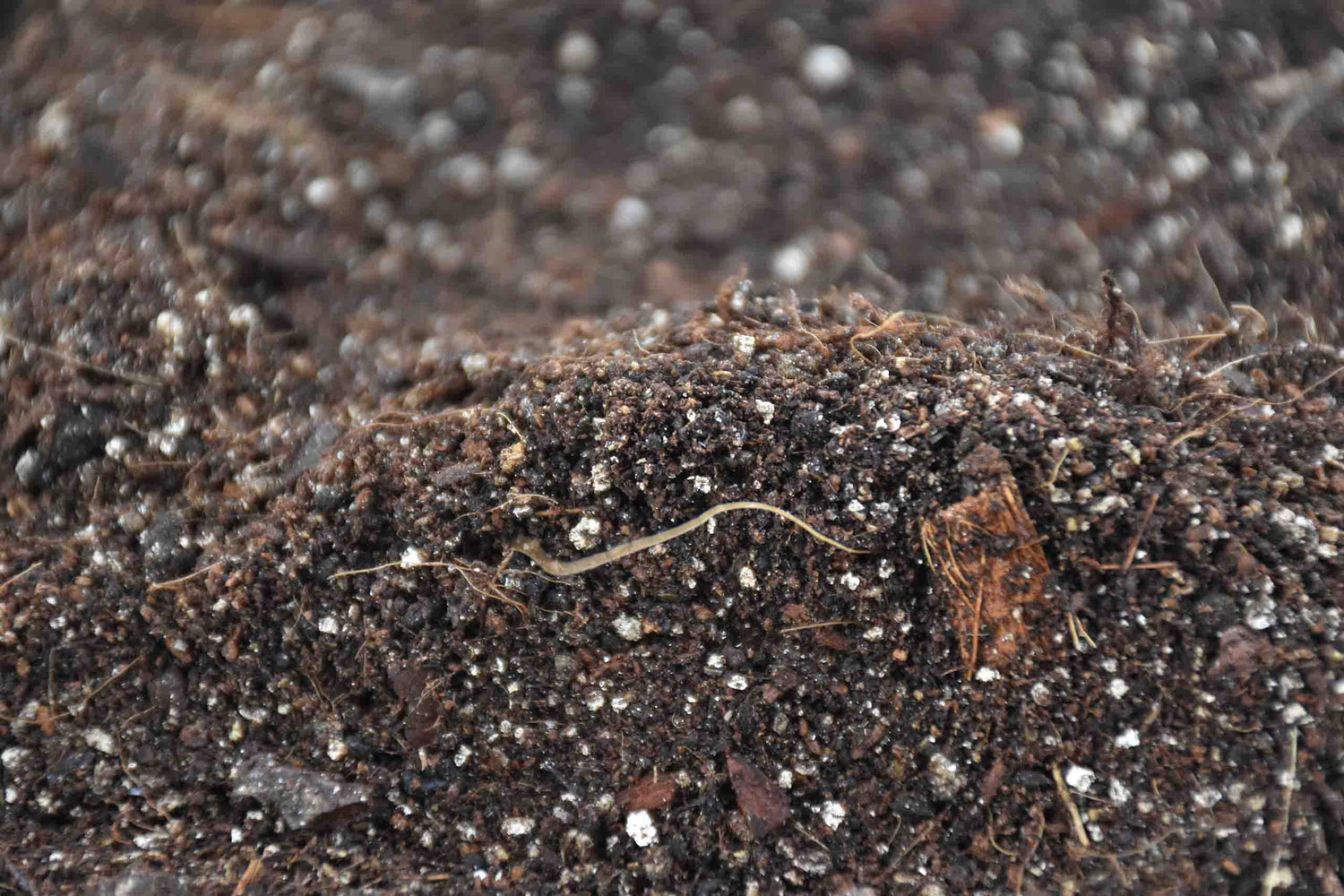
SYBASoil: Premium Soil Mixes
Soil Mixes That Truly Understand Your Plants Not all soil mixes are...

Soil Mixes That Truly Understand Your Plants Not all soil mixes are...
€0,00 EUR
Order before 16:30 on working days = Shipped today
100% satisfaction guarantee
The expert in soil
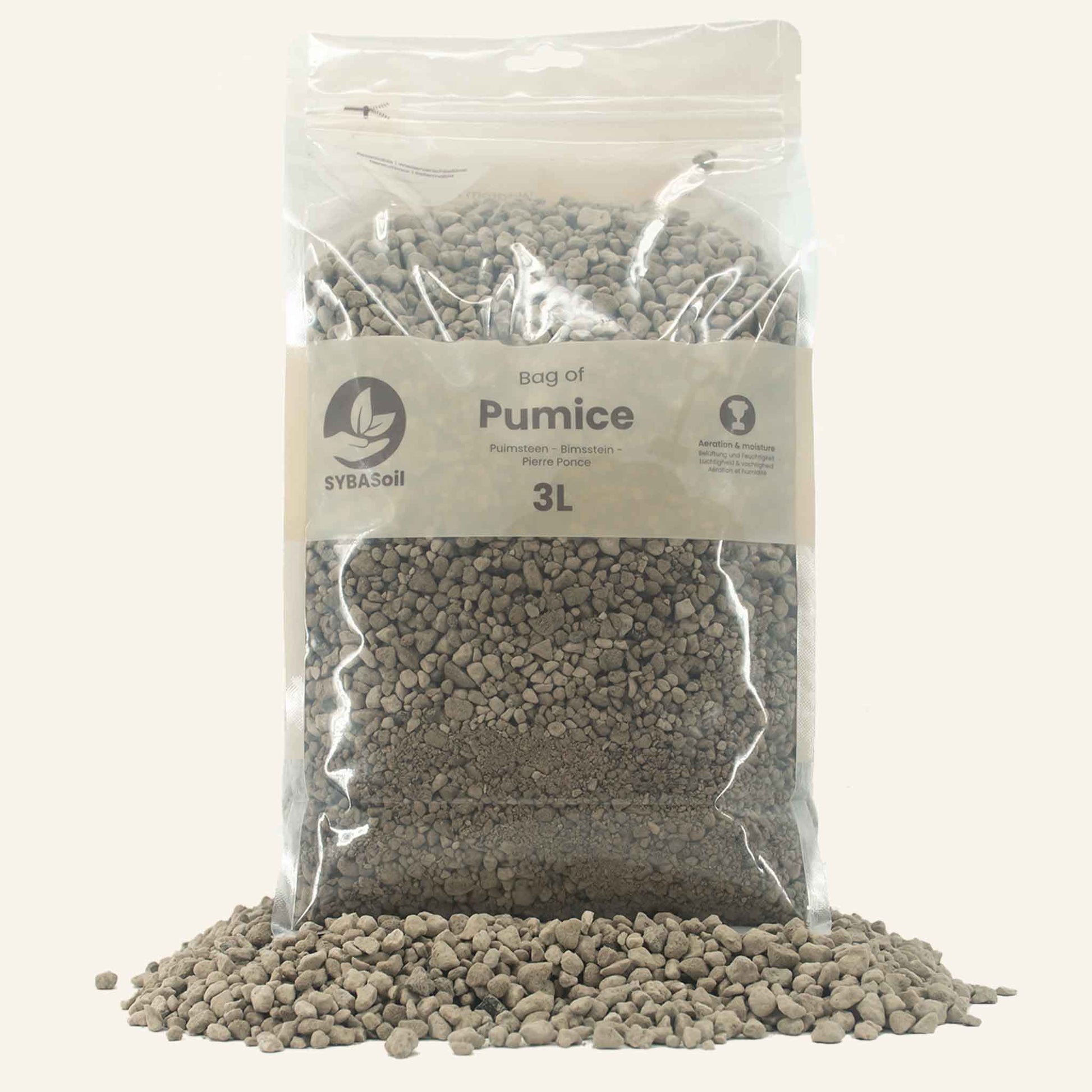
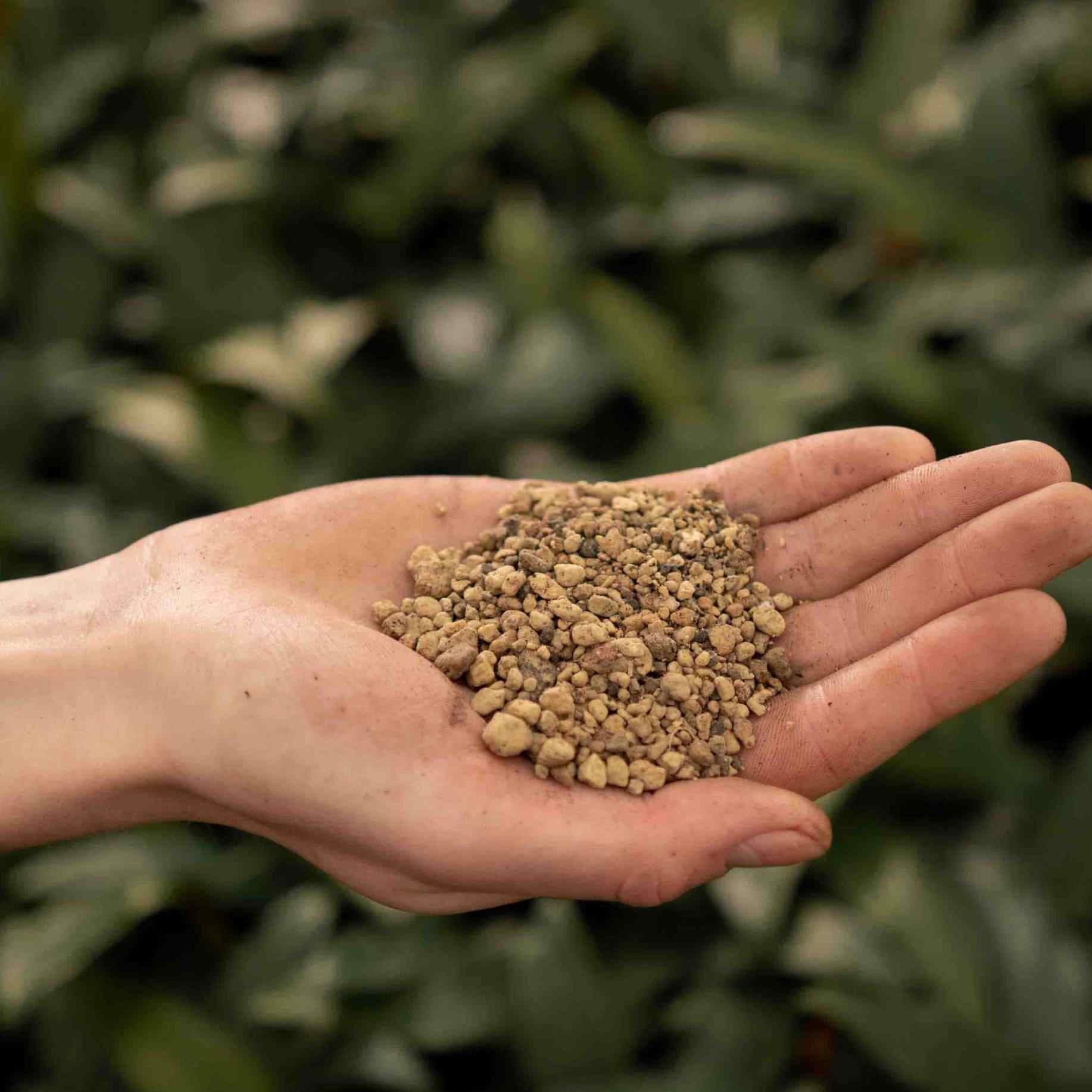



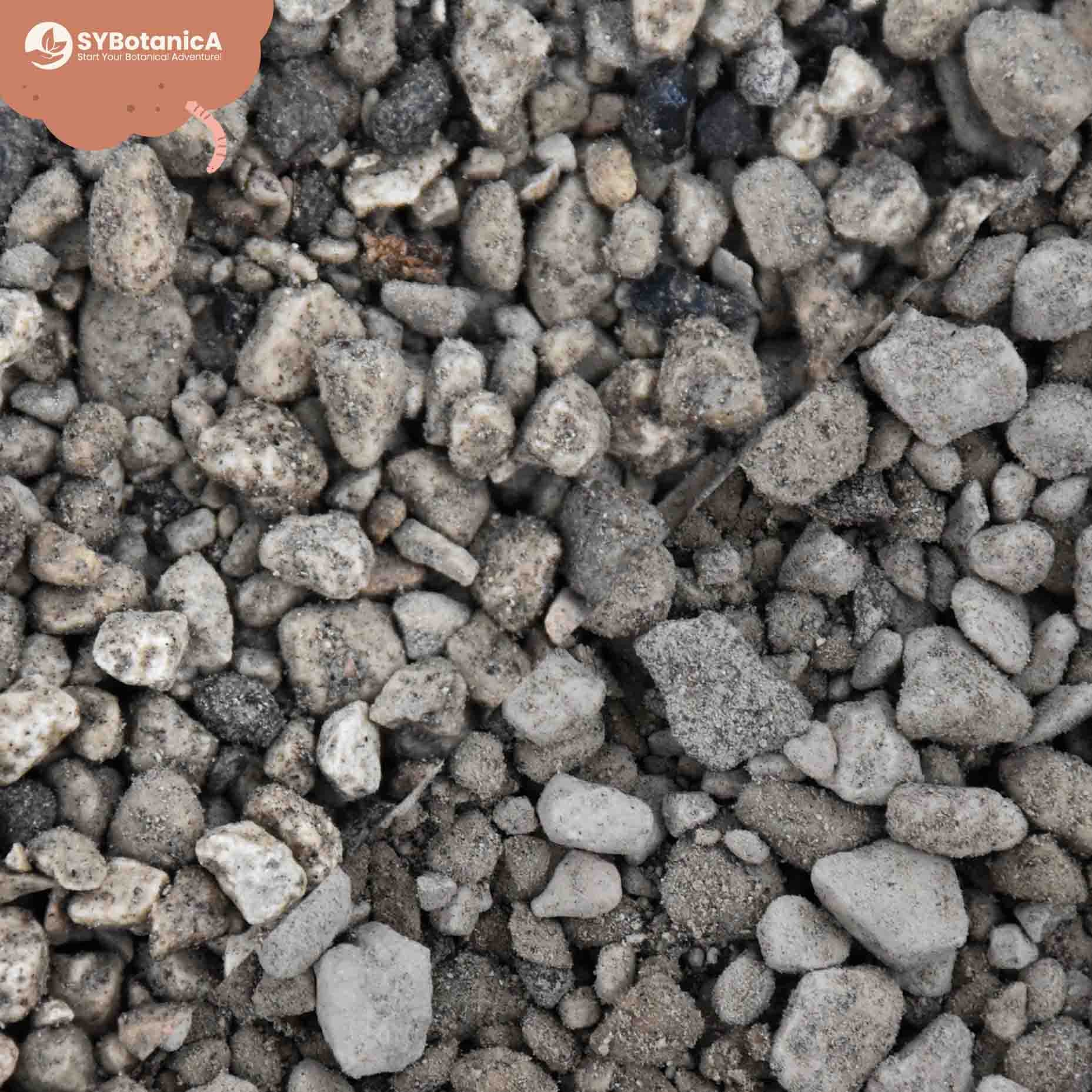
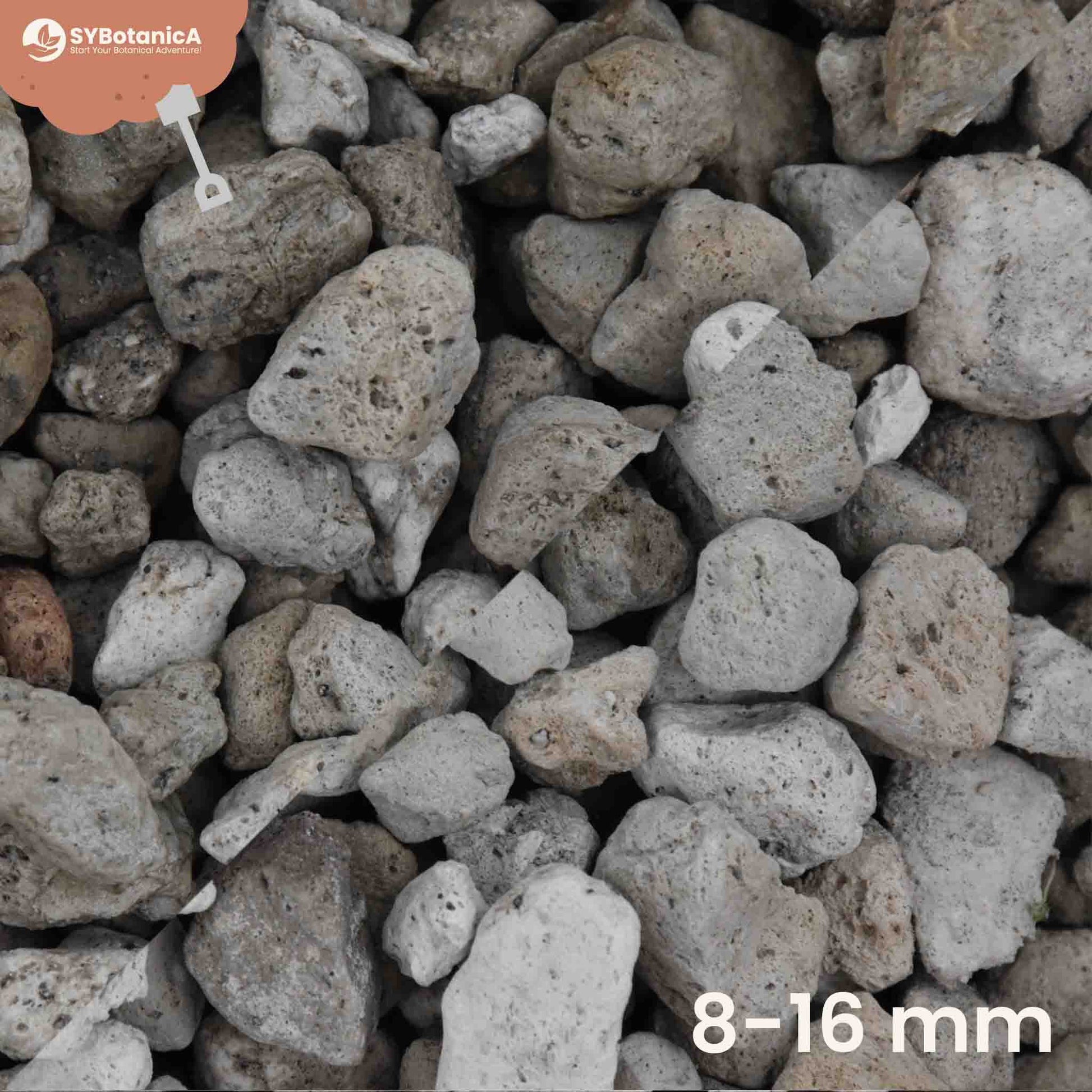
Pumice is a naturally occurring porous stone formed from volcanic activity, and it’s one of the most effective and sustainable ways to improve soil aeration, drainage, and moisture balance. Whether you’re working with succulents, cacti, or large root systems, this lightweight soil amendment boosts structure and airflow in a way that organic matter alone cannot.
At Sybotanica, we source high-quality, coarse pumice that adds both form and function to your soil. Its long-lasting structure won’t compact or break down over time, making it the ideal choice for plants that require dry spells between watering. You can use it as a potting mix additive, a decorative top layer, or even as a clean terrarium element.
Pumice is a volcanic rock that’s light enough to float on water and porous enough to absorb and redistribute moisture slowly. It contains countless tiny cavities that store water and air, creating the perfect conditions for root oxygenation and moisture control. Its gritty texture also helps break up dense soils, making it invaluable for indoor plants prone to root rot or compacted substrates.
Whether you’re working with epiphytes in a bark-heavy mix or crafting the perfect blend for a monstera, pumice adds breathable body to the substrate without interfering with nutrient availability.
Some plants grow aggressively below the soil line, developing thick, vigorous roots that need room to expand and breathe. Pumice offers the texture and structure these roots crave—especially in older plants or species like snake plants, ZZ plants, and bird of paradise.
If you’ve dealt with compacted mixes, poor drainage, or stagnant pockets of moisture that lead to rot, you’ll find pumice to be an immediate and lasting solution. It allows water to move through the mix while also absorbing enough to create stable hydration—key for balanced moisture regulation.
While both pumice and perlite are used to boost drainage, pumice is heavier, longer-lasting, and more mineral-rich. It stays in place during watering, won’t float to the top of pots, and won’t degrade with time. Its gritty, non-compacting nature means your indoor gardening substrate stays fluffy and well-drained with less frequent repotting.
Perlite is excellent for seedlings or propagation, but for mature plants with established root systems, pumice provides unmatched stability and aeration.
Besides its functional role in soil, pumice also works beautifully as a natural mineral top dressing. Spread it across the surface of your pots for a clean, modern look that also helps regulate evaporation and reduce fungus gnats. In terrariums, it blends well with bark, moss, and charcoal to create a gritty, breathable environment that won’t mold or collapse over time.
Because it’s a sustainable substrate with neutral pH and no chemical residue, pumice supports cleaner, healthier plant care practices from the ground up.
Because pumice is completely inert and mineral-based, it won’t interfere with your plant’s nutrient uptake or pH balance, making it an ideal root health booster for long-term use.
For us at Sybotanica, pumice is more than a soil additive—it’s one of the unsung heroes of healthy indoor growing. We love how it elevates soil mixes, especially for established plants that need support beneath the surface. We package our pumice in clean, resealable bags so it’s ready to use and easy to store between repottings.
Our soil philosophy is simple: make it breathable, natural, and built to last. That’s why pumice has a permanent place in our mix library—and why we recommend it to anyone looking to level up their soil game.
| Value's (EN) | Pumice |
|---|---|
| Country of Origin | Germany |
| Suitable for organic farming | In application |
| structural stability | Years, as this does not break down |
| EC | 0,11 mS/cm |
| pH | 7,3 |
| Safe for pets? | can be harmful if ingested |
| Water retention capacity % | 25-35% |
Premium SYBASoil | 4-8mm & 8-16mm
Improves structure and avoids overwatering, leading to optimal growth and resilience to stress. Ideal for larger plants, cacti & succulents. Also useful as topping to prevent mourning gnats.
In stock
Couldn't load pickup availability
100% Satisfaction Guarantee Or Your Money Back!
Socially responsible production
Pumice is a naturally occurring porous stone formed from volcanic activity, and it’s one of the most effective and sustainable ways to improve soil aeration, drainage, and moisture balance. Whether you’re working with succulents, cacti, or large root systems, this lightweight soil amendment boosts structure and airflow in a way that organic matter alone cannot.
At Sybotanica, we source high-quality, coarse pumice that adds both form and function to your soil. Its long-lasting structure won’t compact or break down over time, making it the ideal choice for plants that require dry spells between watering. You can use it as a potting mix additive, a decorative top layer, or even as a clean terrarium element.
Pumice is a volcanic rock that’s light enough to float on water and porous enough to absorb and redistribute moisture slowly. It contains countless tiny cavities that store water and air, creating the perfect conditions for root oxygenation and moisture control. Its gritty texture also helps break up dense soils, making it invaluable for indoor plants prone to root rot or compacted substrates.
Whether you’re working with epiphytes in a bark-heavy mix or crafting the perfect blend for a monstera, pumice adds breathable body to the substrate without interfering with nutrient availability.
Some plants grow aggressively below the soil line, developing thick, vigorous roots that need room to expand and breathe. Pumice offers the texture and structure these roots crave—especially in older plants or species like snake plants, ZZ plants, and bird of paradise.
If you’ve dealt with compacted mixes, poor drainage, or stagnant pockets of moisture that lead to rot, you’ll find pumice to be an immediate and lasting solution. It allows water to move through the mix while also absorbing enough to create stable hydration—key for balanced moisture regulation.
While both pumice and perlite are used to boost drainage, pumice is heavier, longer-lasting, and more mineral-rich. It stays in place during watering, won’t float to the top of pots, and won’t degrade with time. Its gritty, non-compacting nature means your indoor gardening substrate stays fluffy and well-drained with less frequent repotting.
Perlite is excellent for seedlings or propagation, but for mature plants with established root systems, pumice provides unmatched stability and aeration.
Besides its functional role in soil, pumice also works beautifully as a natural mineral top dressing. Spread it across the surface of your pots for a clean, modern look that also helps regulate evaporation and reduce fungus gnats. In terrariums, it blends well with bark, moss, and charcoal to create a gritty, breathable environment that won’t mold or collapse over time.
Because it’s a sustainable substrate with neutral pH and no chemical residue, pumice supports cleaner, healthier plant care practices from the ground up.
Because pumice is completely inert and mineral-based, it won’t interfere with your plant’s nutrient uptake or pH balance, making it an ideal root health booster for long-term use.
For us at Sybotanica, pumice is more than a soil additive—it’s one of the unsung heroes of healthy indoor growing. We love how it elevates soil mixes, especially for established plants that need support beneath the surface. We package our pumice in clean, resealable bags so it’s ready to use and easy to store between repottings.
Our soil philosophy is simple: make it breathable, natural, and built to last. That’s why pumice has a permanent place in our mix library—and why we recommend it to anyone looking to level up their soil game.
| Value's (EN) | Pumice |
|---|---|
| Country of Origin | Germany |
| Suitable for organic farming | In application |
| structural stability | Years, as this does not break down |
| EC | 0,11 mS/cm |
| pH | 7,3 |
| Safe for pets? | can be harmful if ingested |
| Water retention capacity % | 25-35% |

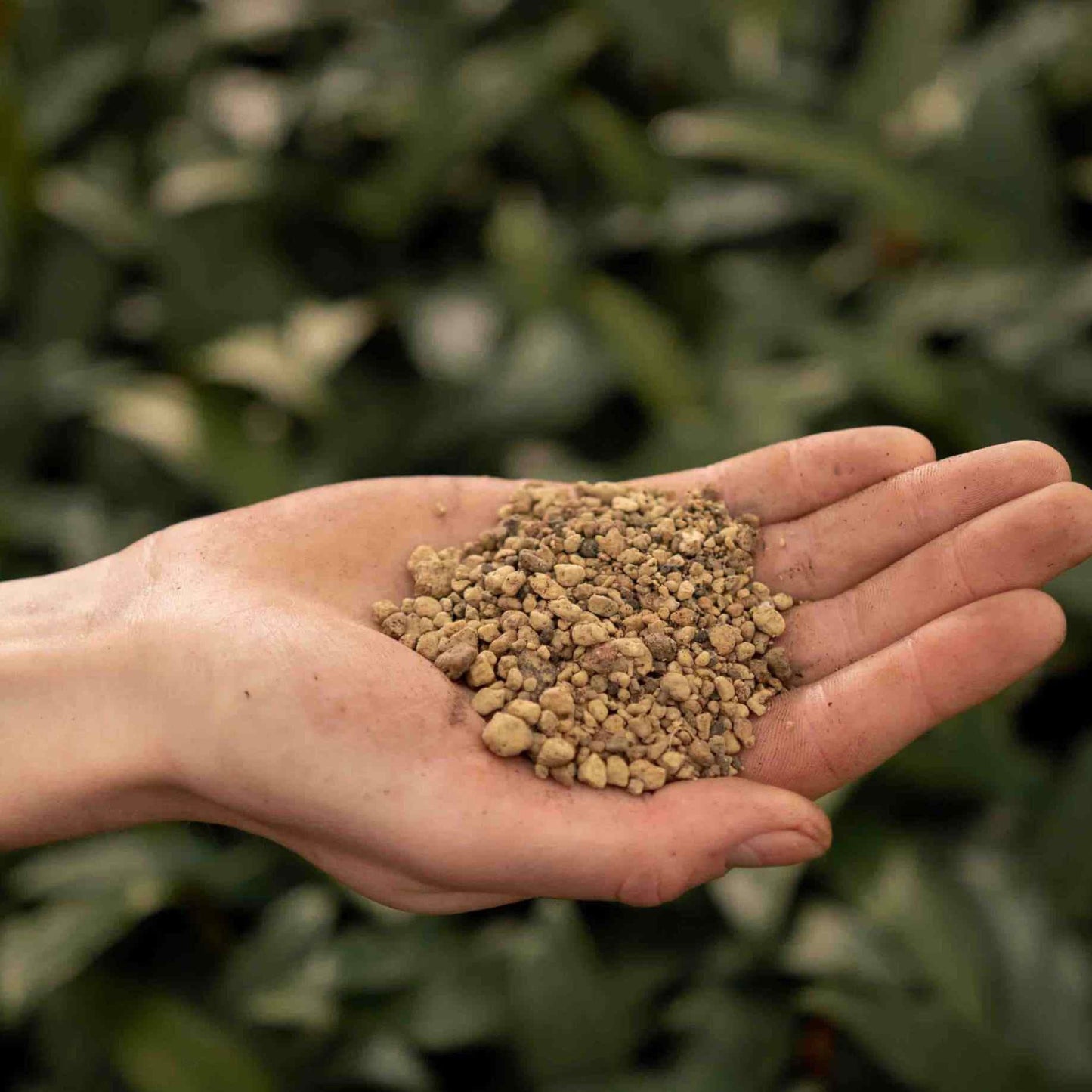

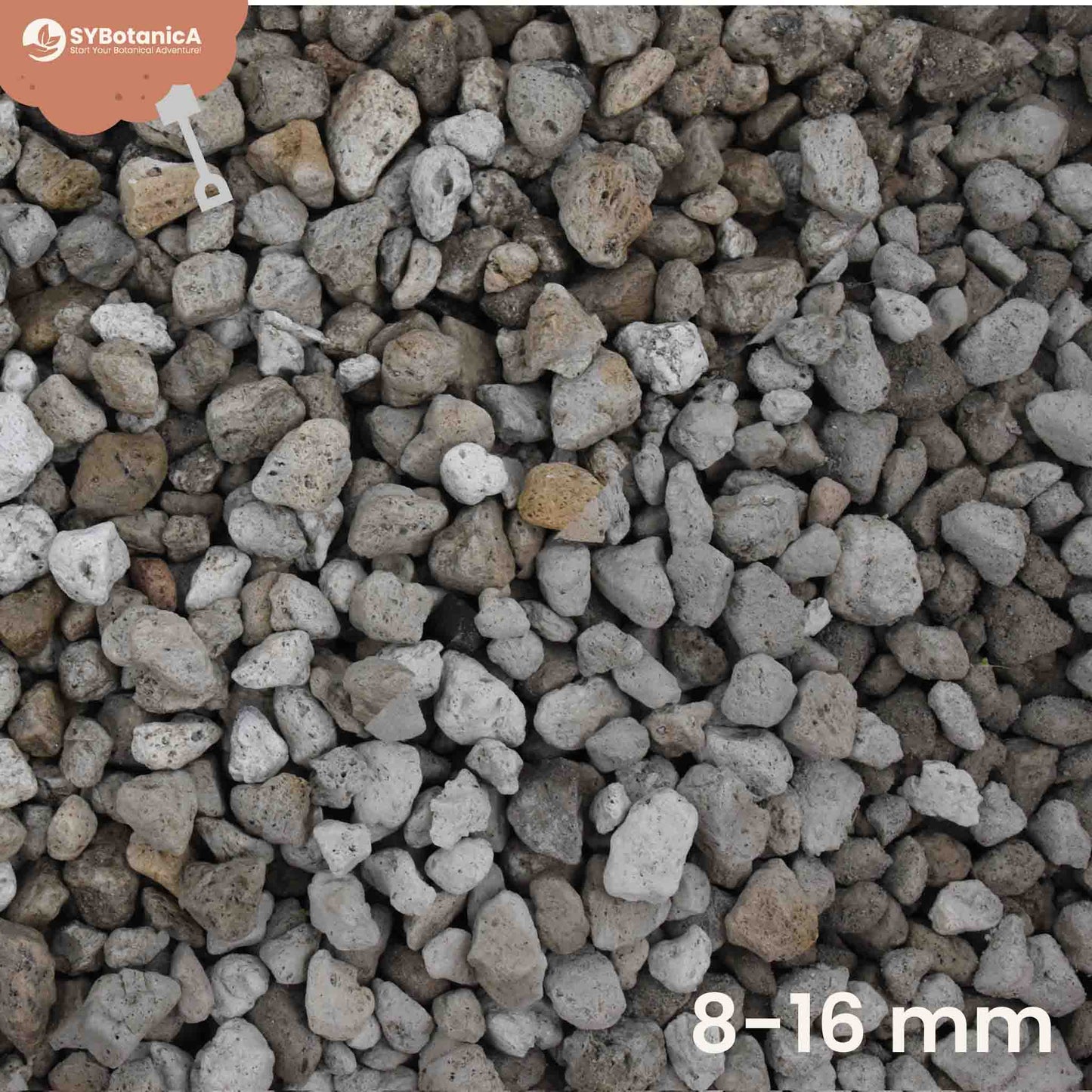
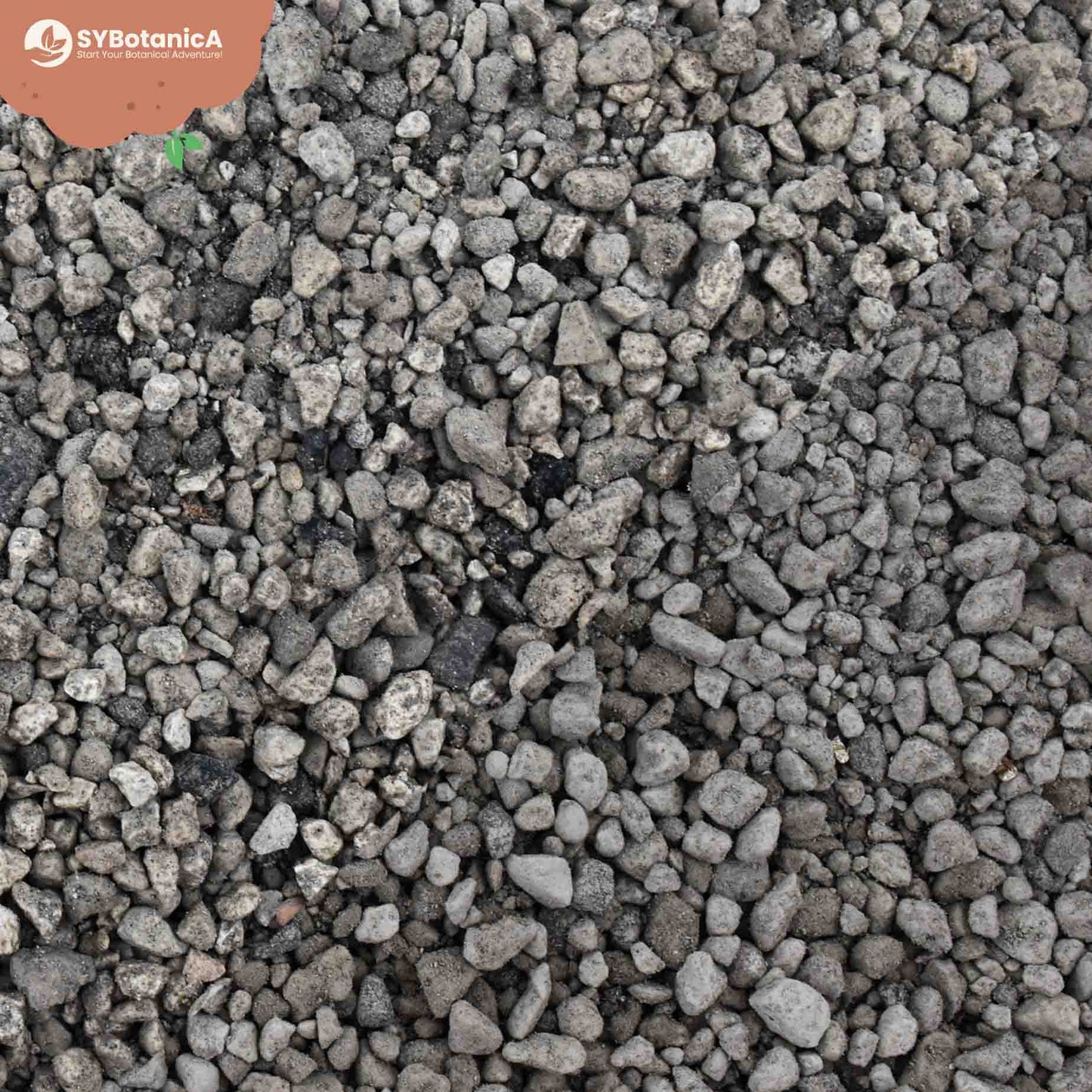
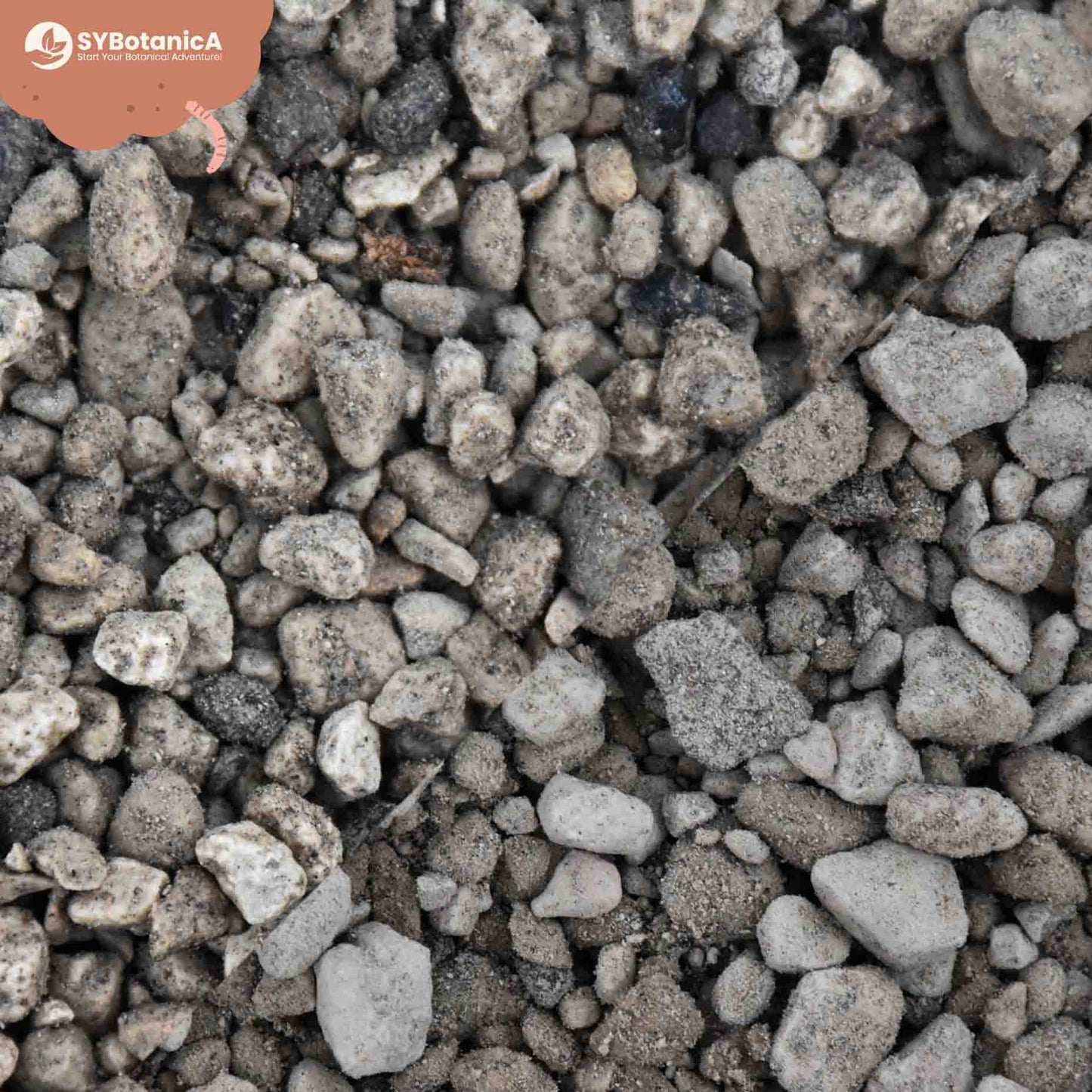
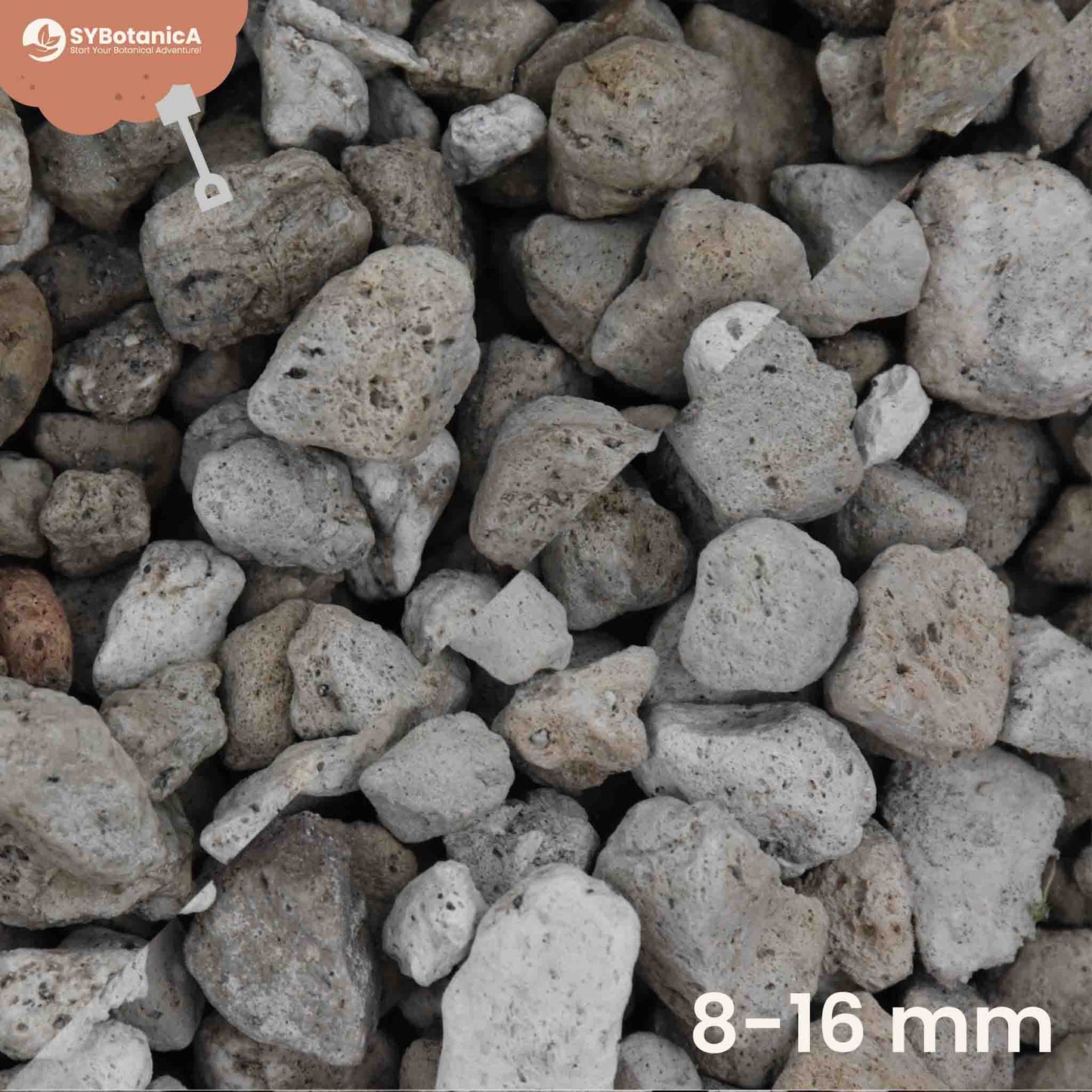
Why does the pumice come slightly moist?
Pumice has a natural moisture content. The moisture is necessary for good plant growth with this material.
If the pumice is completely dry, it will no longer absorb water and can draw moisture from your plant's roots.
How do I use pumice to prevent Fungus Gnats?
You can add a thin layer of pumice to your soil as a top dressing to prevent fungus gnats and other soil-borne bugs.
Fungus gnats lay their eggs in the topsoil. A layer of pumice blocks their path, so they cannot reach the soil and lay eggs!
What is the difference between pumice and perlite for houseplants?
The main difference between pumice and perlite is that pumice is much heavier. It also holds onto more moisture and nutrients than perlite.
It is better for mixes that need weight and good drainage, like cacti and succulent mixes.
Have a different question? Get in contact
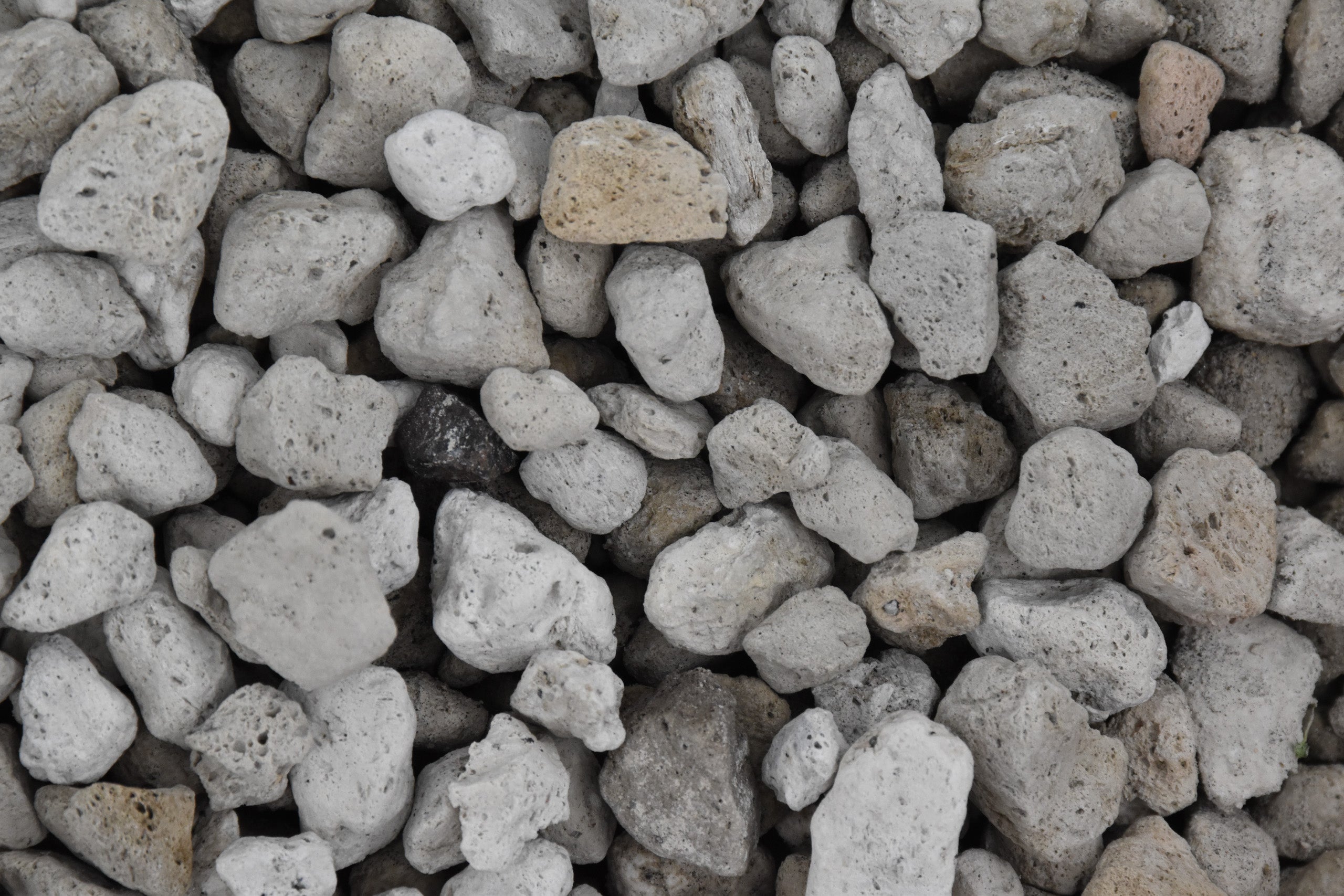
Why Pumice for your plants?
Clean pumice improving soil structure, nutrient retention and drainage
Add 25-30% to your SYBASoil mix
Plants who like a bit drier soil, like Cacti or Succulents, or to improve current soil structure
Very clean, compared to regular pumice which has other vulcanic stones and grains.
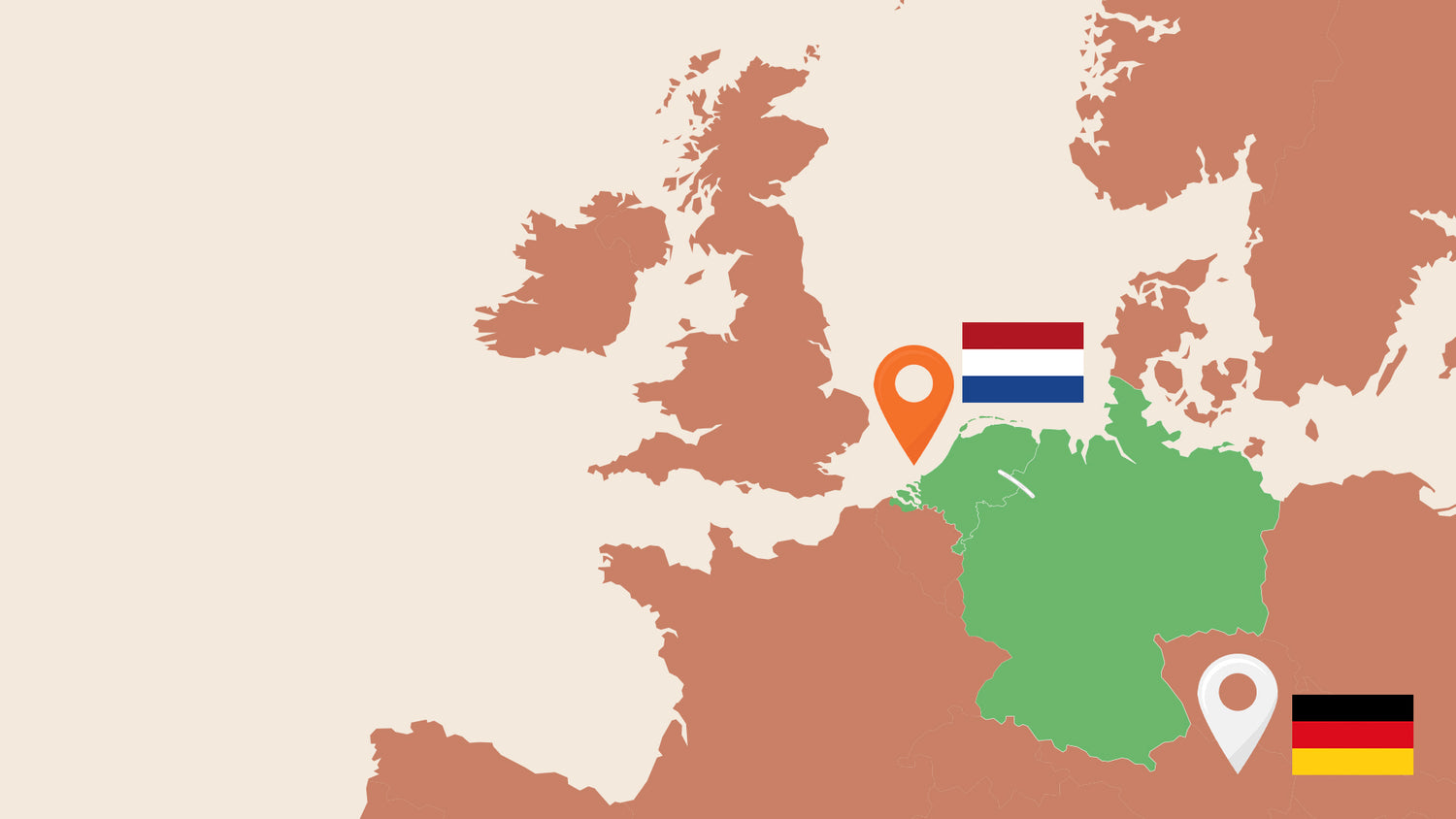
Pumice comes from Germany at the Volcanic Eifel. Only a small portion of the vulcano is mined at a time. After that, the empty area is restored with clean soil left over from other building projects. Then native trees & plants are planted back at the mining location to let the wildlife restore.
It’s in Germany, close to The Netherlands. This makes the supply chain very short. The pumice is washed, but the water is re-used up to 100 times before being replaced. All in all a pretty great choice.
100% Satisfaction Guarantee Or Your Money Back !
Order before 16:30 on working days = Shipped today
The expert in soil